My new book celebrates the power of mathematical thinking to get you to your goal successfully without hours of laborious mind-numbing labour. It's your shortcut to 2,000 years of clever shortcuts that mathematicians like myself have come up with to navigate the most efficient path to your destination.
Of course, while I was writing Thinking Better: The art of the shortcut (£20, Fourth Estate), I read a good few books. Here's a list of those that were the most influential in my journey to find the smartest ways of thinking.
For more smart reading choices to add to your 'to be read' list, check out Science Focus's list of best science books. For younger readers, pick one of these best science books for kids.
The best smart thinking books to read this year
Thinking Fast and Slow
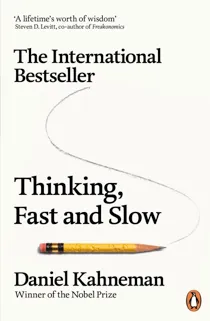
Daniel Kahneman
The human brain uses two mechanisms to tackle problems. System 1, or 'fast thinking', is our intuitive reaction to solving a problem. But as Kahneman documents this often leads to mistakes. Instead the human species has developed system 2, which is a slower more analytical approach.
But I called my latest book Thinking Better because I didn’t think that system 2 thinking had to be slow. Mathematics is full of clever analytical ways of thinking that that can get you quickly to the correct solution.
A Mathematician’s Apology
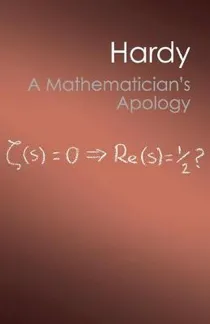
GH Hardy
This book was the beginning of my own journey to learn the art of the shortcut – an art which my comprehensive school teacher liked to call mathematics. This was one of the books he recommended I read to get a glimpse of how beautiful and powerful the mathematical way of thinking can be.
Hardy's 1940 essay includes, for example, a proof that there are infinitely many prime numbers in just a few finite lines of argument. That you can navigate to infinity along a finite path blew my mind as a kid.
Gauss: A biographical study
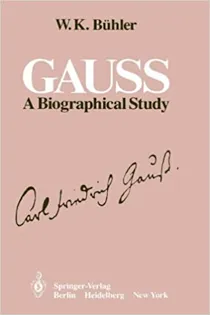
W.K. Bühler
One of the stories that my teacher told the class to illustrate the power of mathematical thinking was the tale of how the young Carl Friedrich Gauss found a clever way to add up the numbers from 1 to 100.
Rather than starting at the beginning and gradually adding each new number, he combined the beginning and the end of the sum in pairs: 1+100=101, 2+99=101,3+98=101… Fifty pairs of numbers adding up to 101. So the total is 50x101=5050.
I ended up using Gauss as a useful companion in Thinking Better, because he has a hand in many of the shortcuts that I talk about. He truly is the master of the mathematical shortcut.
Doughnut Economics: Seven ways to think like a 21st-Century economist
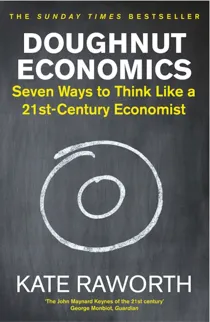
Kate Raworth
Diagrams are a powerful shortcut in mathematics and science to isolate the essential quality of a structure. I was particularly struck by how Raworth uses diagrams in her own work as an economist to challenge economic orthodoxy.
In my book, I have included what I call pitstops between the chapters, where I interview people in other professions about their own clever ways of thinking – I was intrigued to see whether their shortcuts were versions of mathematical shortcuts or new tricks that I might learn from.
As I write in the 'Economics' pitstop, I am a big fan of Raworth’s book. Partly because the doughnut (or torus as we call the shape in mathematics) is one of my all-time favourite shapes, and not just because it is delicious to eat but because the mathematics of this shape is fascinating.
Mountains of the Mind: Adventures in reaching the summit
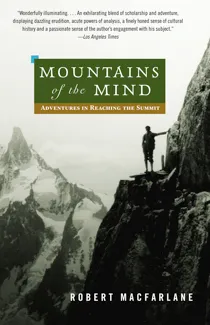
Robert Macfarlane
There are some professions where it is impossible to shortcut the hard work needed to get to your destination. International cellist Nathalie Clein explained to me how she can’t get away without doing the hours of practice it requires to play the Bach suites. Anything that requires changing the body takes time.
Robert Macfarlane told me how taking a shortcut to the top of a mountain defeats the point of the challenge of climbing these peaks. Although he did tell me about how he once used an avalanche as a clever shortcut to get off a mountain quickly before he was benighted. Macfarlane’s desire to take time over walking from A to B illustrates that not all work is bad. Indeed Aristotle highlighted two types of work: praxis, which is work done for its own sake, and poiesis, work aimed at the production of something useful.
SQUIRREL_TEXT_13075412
Fully Automated Luxury Communism: A manifesto
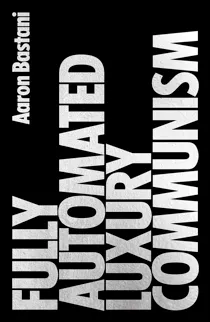
Aaron Bastani
The goal of the new political movement fully automated luxury communism is that menial work is taken away from humans and done by machines, leaving time for us to indulge in work we find meaningful. Work becomes a luxury.
The cultivation of good shortcuts should be added to the list of technologies steering us towards a future of work that is undertaken for the joy of it rather than as a means to an end.
The Creativity Code: : How AI is learning to write, paint and think

Marcus du Sautoy
It may seem cheeky to add one of my own books into the mix, but my new book Thinking Better is a companion to my previous book highlighting the power of AI.
A journalist who interviewed me about The Creativity Code was so depressed by the end of our conversation. He asked, was there anything left for humanity?
To cheer him up I suggested that our desire to avoid hard boring laborious work, our idleness, has actually been the motivation for us coming up with better ways of thinking. A computer doesn’t get tired and is happy to number crunch its way from 1 to 100. It was Gauss’s laziness that pushed him to come up with a shortcut to the answer.